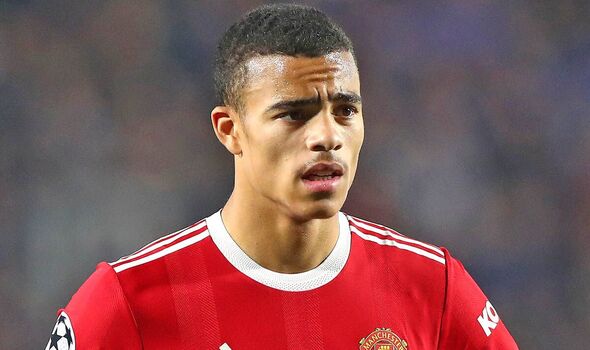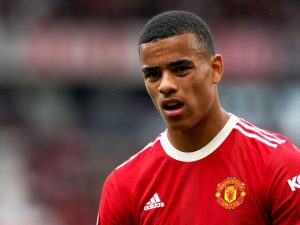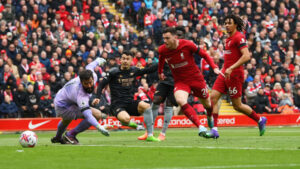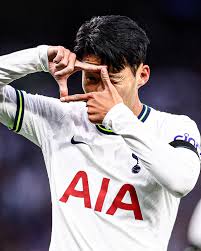Navigating the Complex Terrain of Mason Greenwood’s Path in Football

 English football is grappling with a complex question: What comes next for Mason Greenwood? Manchester United’s recent announcement that Greenwood has no future at Old Trafford raises challenging discussions about his football career and rehabilitation.
English football is grappling with a complex question: What comes next for Mason Greenwood? Manchester United’s recent announcement that Greenwood has no future at Old Trafford raises challenging discussions about his football career and rehabilitation.
Greenwood’s journey took a tumultuous turn when he faced allegations that led to his charges being dropped. While he claims to be “cleared of all charges,” Women’s Aid underscores the distinction between clearance and dropped charges. Such nuances matter in addressing the impact of his actions and subsequent statements on survivors and the public.
The prospect of a fresh start beckons, but the path isn’t straightforward. Football clubs are wary of the intense scrutiny and reactions signing Greenwood would invite. Amid concerns about public outcry, media attention, and potential internal division, finding a club willing to take him in remains a challenge.
Rehabilitation is another aspect under scrutiny. The question arises: What steps should Greenwood take to address his behavior and assure the public he is committed to growth? Experts emphasize that owning his mistakes, seeking therapy, and demonstrating genuine change are crucial.
The sensitivity of Greenwood’s case extends beyond fans and owners; teammates’ perceptions matter too. The dynamics of locker rooms are intricate, and his situation could breach a rarely drawn line. While jokes about uncomfortable subjects are commonplace, Greenwood’s case raises potential divisions that clubs must navigate.
The football landscape has shifted significantly in recent years. Society’s changing values mean that second chances for players with tarnished reputations are no longer a given. The court of social media has amplified judgment, holding individuals accountable on a 24/7 basis.
A significant challenge for Greenwood is where he fits into English football now. The consensus seems to be that the Premier League would prefer if he became another club’s responsibility. The suggestion that he could move to Italy is met with skepticism, hinting at the underlying complexities in addressing his future.
It’s worth noting that while the court of law didn’t convict Greenwood, public perception remains a challenge. The question isn’t whether he deserves a chance to play football again, but rather what is the appropriate context for his return. As stakeholders contemplate his return, the impact on survivors of abuse must be a paramount consideration.
The scope of the issue is more extensive than commonly perceived. The profound impact of abuse extends to survivors and witnesses, often leaving scars that persist beyond social media discussions. Football’s decision-makers must be acutely aware of this reality and approach the situation mindfully.
In a world where young fans idolize players and view them as heroes, the stakes are high. Rehabilitation isn’t an impossible goal, but the key lies in appropriateness. For Greenwood, acknowledging the impact of his actions, seeking help, and demonstrating change are critical steps. Equally vital is acknowledging the broader consequences of his actions on survivors and the public.
Ultimately, the road ahead for Mason Greenwood’s football career is a labyrinth of ethical, emotional, and practical considerations. How English football addresses this challenge will not only shape Greenwood’s future but also set a precedent for dealing with complex situations involving players’ off-field behavior.




